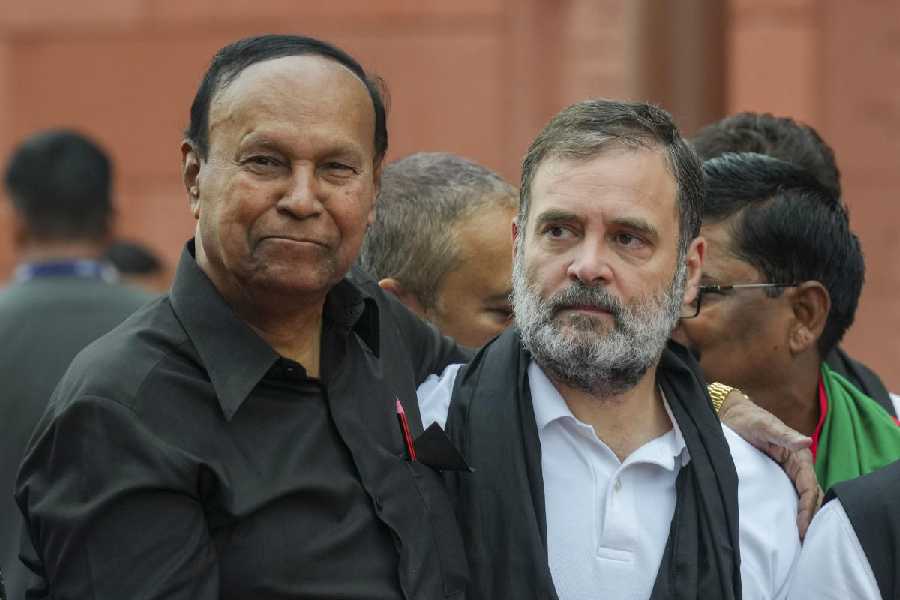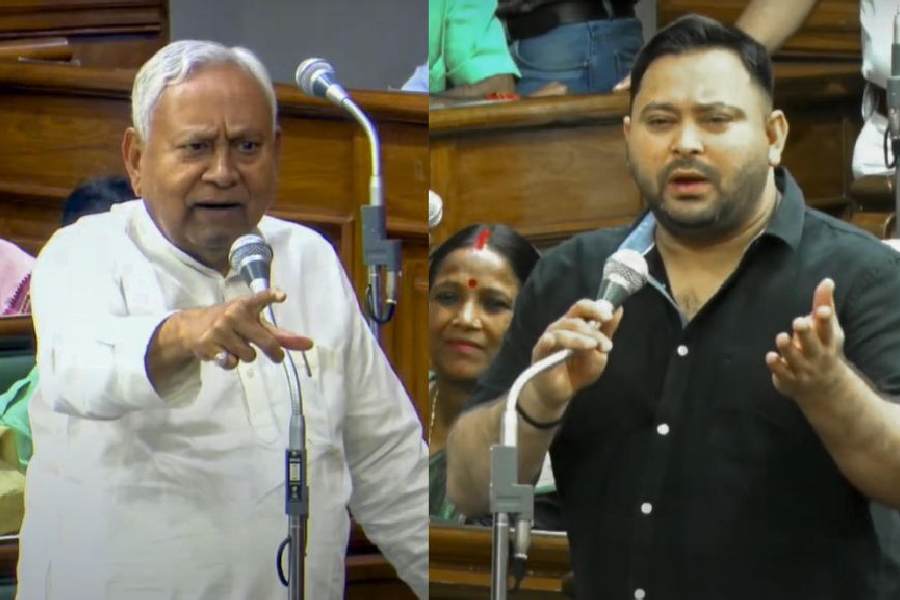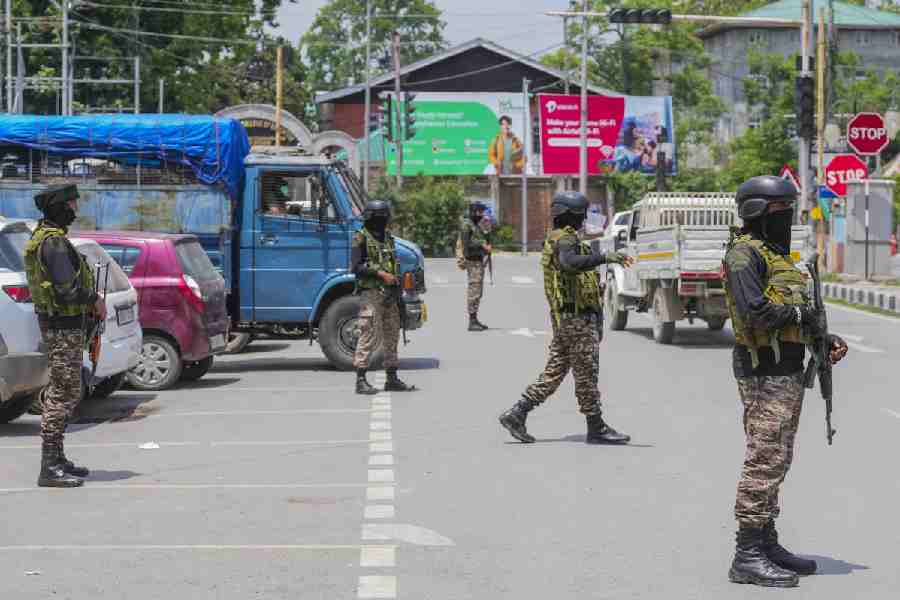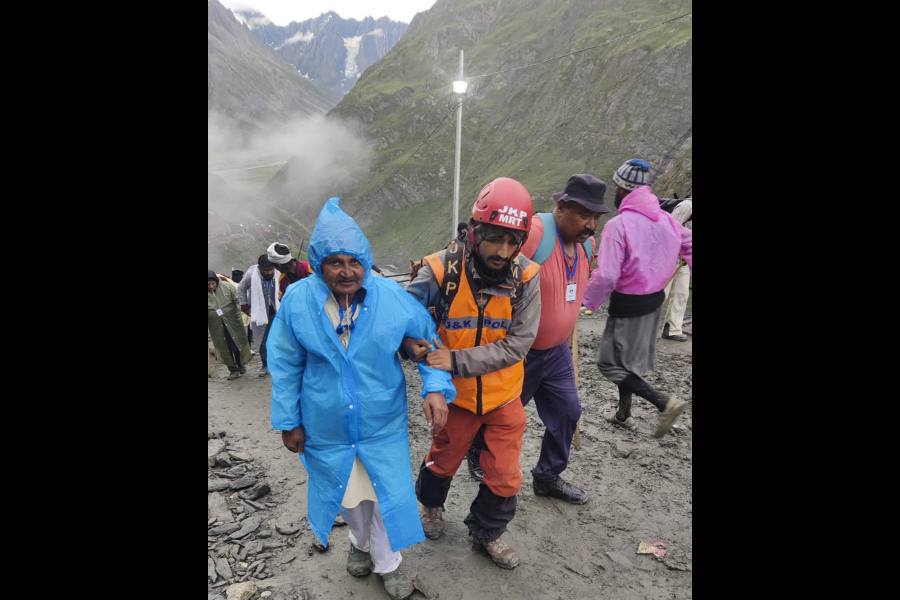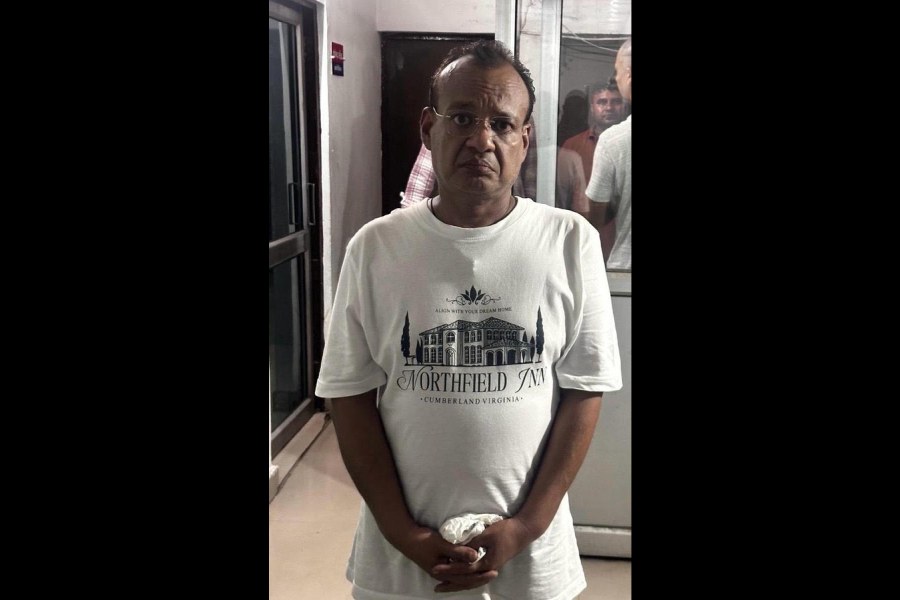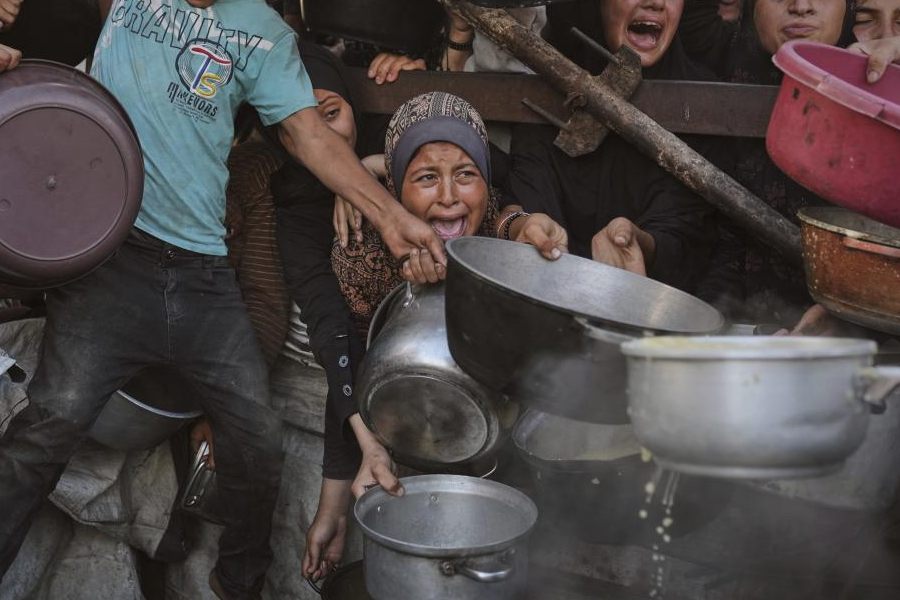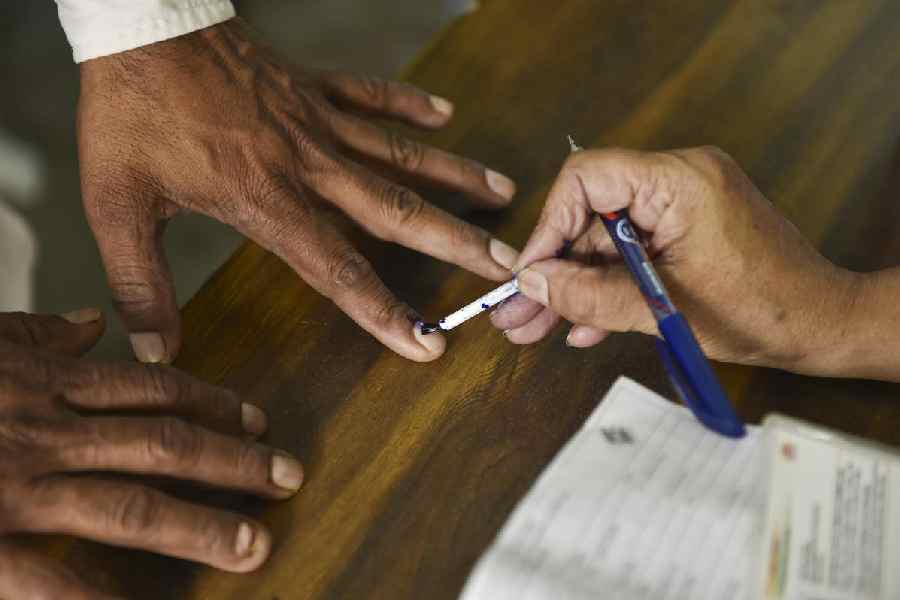 |
| Stilwell Road. A file picture |
Dibrugarh, July 2: Fancy a drive down Stilwell Road?
No, not the broken, uncared-for stretch but an improved, 61-km double lane dotted with snazzy restaurants and eco-huts that will take you all the way to the Myanmar border. You cannot cross over to China, though.
The Indian side of the road, built and made famous by Gen. Joseph W. Stilwell during World War II, is poised for an image makeover. The Assam government is going ahead with a plan to construct wayside amenities like restaurants and hotels and a trade centre to attract tourists. Dispur has been clamouring for re-opening of the road which its believes could change the economy of the region.
Assam power and industry minister Pradyut Bordoloi, who is leading the project, said since the road and the area is steeped in history dating back to World War II era, it could attract a lot of foreign tourists, especially those from the US and the UK.
“And the flow of international tourists will also spread the word about the road’s strategic importance in today’s changing global scenario. Bordoloi is also the legislator of Margherita, which is close to Ledo from where the road begins on the Indian side.
The 1,736-km road connects Ledo in India with Kunming in China’s Yunan province after passing through Myanmar. Gen. Stilwell was entrusted with constructing the road to ensure that the supply lines were reopened to China, which were cut off in Myanmar by advancing Japanese troops. Road construction started in April 1942 and was completed in October 1944.
“The idea is to take forward the initiative started with the Dihing-Patkai Festival. Our objective while starting the festival in 2002 was to publicise the potential of the area as a tourism destination as well as a point where there is a scope for building an international trade centre,” Bordoloi told The Telegraph.
The road lay broken after Independence until the North Eastern Council (NEC) took it up for maintenance. When President A.P.J. Abdul Kalam attended the 2003 edition of the Dihing-Patkai Festival and was left spellbound by the tremendous potential of trade and tourism in the area, the national policy-makers woke up and started some exercise to rebuild the Indian portion of the road.
Subsequently, the road was declared National Highway 153 from Zero Point to Pangsu Pass bordering Arunachal Pradesh and Myanmar.
According to the new plan, the road will be double lane, construction for which began recently. “Apart from a smart drive down the zigzag road, we will make sure that there are stopover points and even eco-huts on either side of the road,” said an official involved in the project. “The Patkai belt is inhabited by Singphos, Tai-Khamtis, Tai-Phakes and several other tribes. They have been requested to put up eco-huts on the either side of the road so that the tourists can sample ethnic cuisine as well as stay overnight if they so desire.”
Ethnic they may be, but the huts will be equipped with amenities such as electricity, drinking water and toilets, the official hastened to add.


